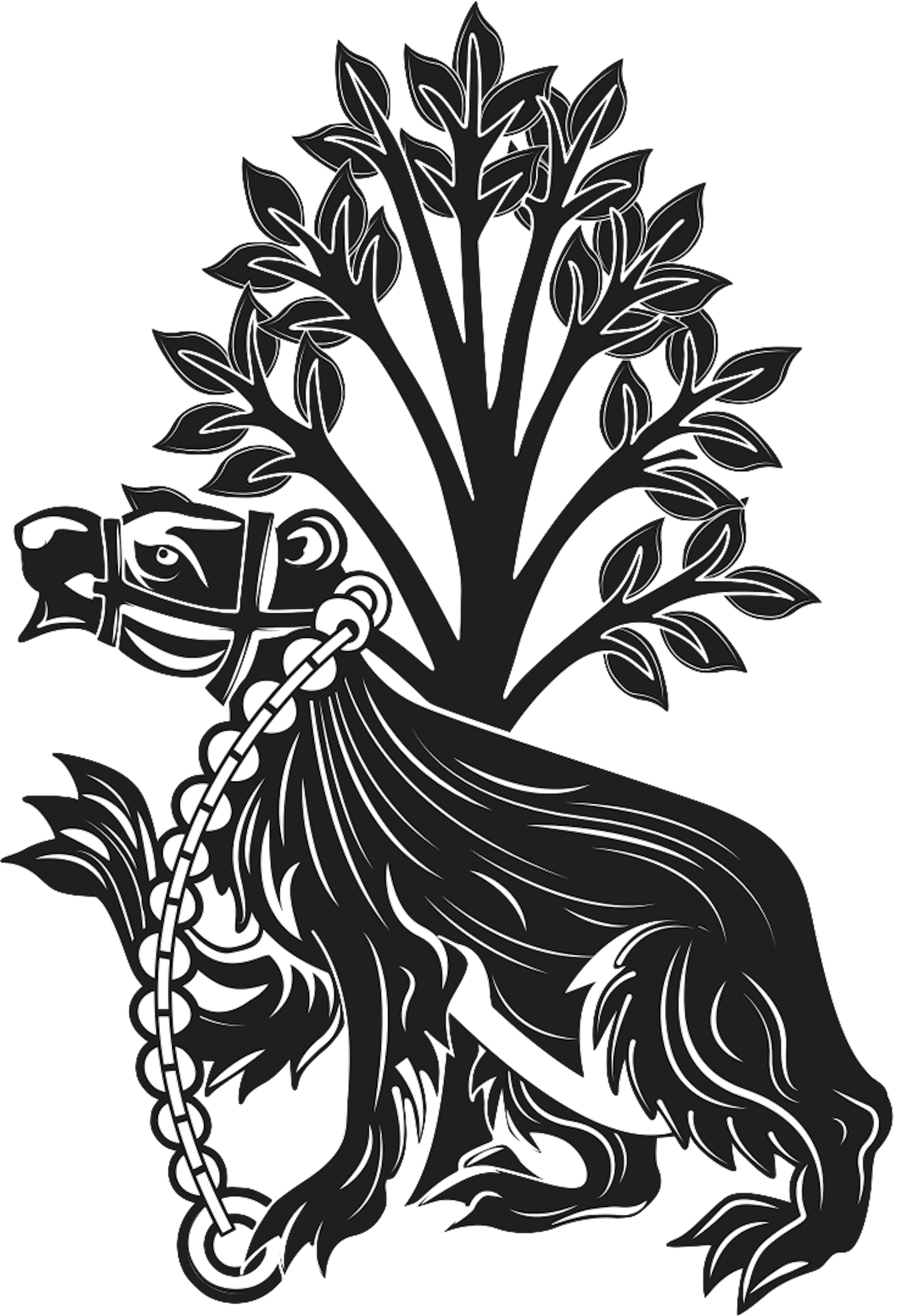Finnebrogue is reputedly, but quite improbably, the oldest inhabited house in Northern Ireland. The estate, bordered by the Quoile River and Strangford Lough, also included the ruins of the 12th-century Cistercian Abbey of Inch. The land was acquired around 1628 by one Henry Maxwell the second son of the Dean of Armagh. A lease in perpetuity was bought from Thomas Cromwell (the 4th Baron Cromwell and created Earl of Ardglass in 1645), the great grandson of Henry VIII’s minister of the same name. The Maxwells were Lowland Scots who settled in the Pale during the reign of Elizabeth I. The Rev Robert Maxwell, Henry’s father, was given the Deanery of Armagh by James I. One branch of his family later became the Barons Farnham. It is uncertain whether there was a house on the site at this time. We can, with some certainty date the present house to 1660. A dendrochronological survey was carried out in 2012. The oak floor joists were exposed during the restoration work, revealing that they were cut in 1662, which means that the building work likely began in 1660 – 1661.
In 1713 it was recorded that the Rt. Hon. Henry Maxwell, Henry’s grandson and a long serving member of the Irish House of Commons, having extended the estate, had rental income of £600 a year. Several generations later the heiress Dorothea Maxwell, married to a John Waring, carried out extensive renovations around 1795. The attic floor and dormer windows were removed from the central range, as well as many internal walls, creating a piano nobile. The second stories on the east and west wings could now only be reached by separate staircases. Throughout the 19th century there were successful marriages, particularly John Waring Maxwell to Madelina Kerr in 1817 whose wedding present can still be seen in the house. Others were to the Percevals of County Waterford.and the Moores. By the 1850’s the estate had 75 full time staff and 200 labourers. Finnebrogue itself comprised 8649 acres with the family owning further properties in southern Ireland, London and Amherst Island in Canada. The 19th century saw Members of Parliament at Westminster, famous gardeners, JPs, Deputy Lieutenants for County Down and soldiers. The land acts reduced the estate to a 1000 acres, but the Perceval-Maxwells (as they now were) still flourished and were well known breeders of Shorthorn and Hereford Cattle. The house eventually passed out of family ownership in 1996. The 2011-15 restoration programme has retained all the original 1795 features, while bringing the heating, electricity and kitchens up to contemporary standards.
The Perceval-Maxwell papers from 1606 to 1969 give an excellent record. They run to 200 volumes and 15,500 documents. They cover a wide range of topics from the gardens to the wine bills. Two series of letters to Robert Maxwell of Finnebrogue from his younger brother, Edward, and from his brother-in-law, Hugh Montgomery, give good descriptions of military life between 1739 and 1763, and include eye-witness accounts of the Battles of Dettingen (1743) and Minden (1759). Edward's letters, first as a law student in London, later as a subaltern in the War of the Austrian Succession, show a flair for narrative and a lively interest in affairs. Shortage of money is a recurring theme both as student and soldier!
The current owner would like to thank Polly Hughes, one of the last family members to live in the house, for her help and encouragement.

